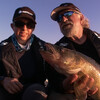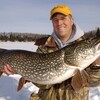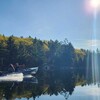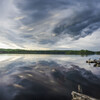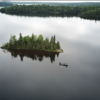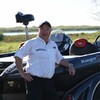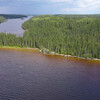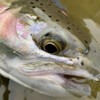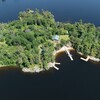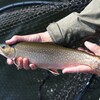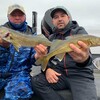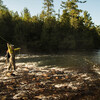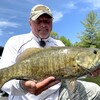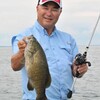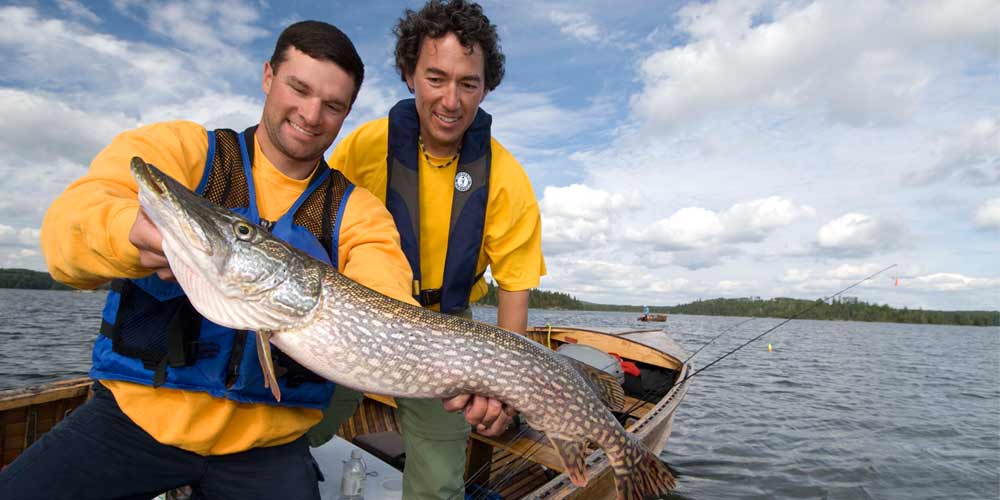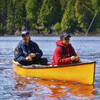
Structure Or Cover?
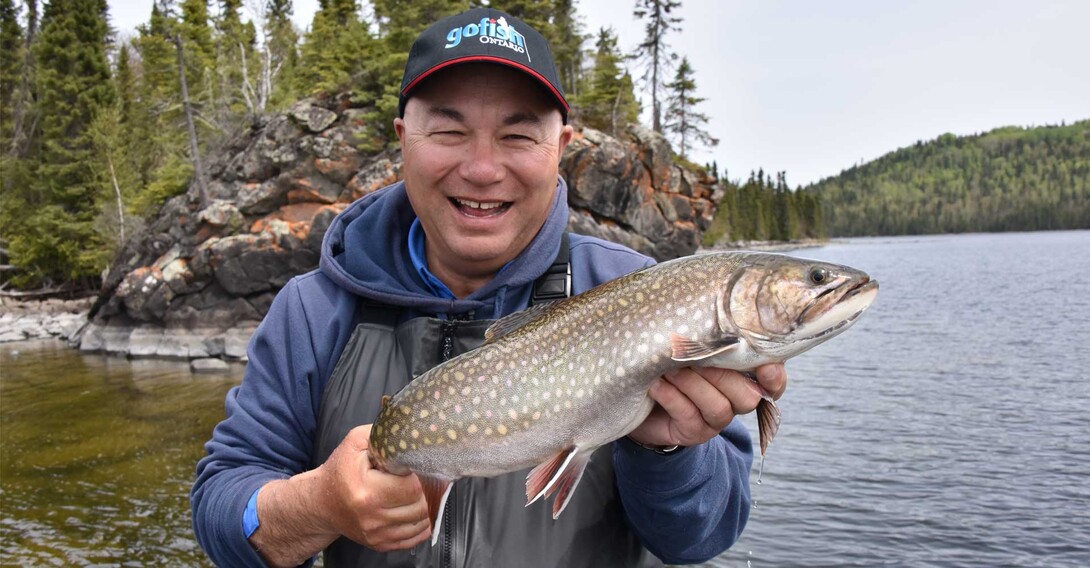
There’s always some confusion when anglers start talking about structure and cover. Most fish will relate to both, but that’s where the similarity ends. Structure, as a rule, will not hold much fish unless the cover is also present. Cover, on the other hand, will hold fish, but the best cover is located on or near some type of structure.
Confused yet? Read on and we’ll try to clear it up for you.
Structure refers to the bottom makeup of a lake or river while the cover is used to describe things that are on the bottom, but not part of the geographical layout of it. A dropoff is a structure, a weedbed is cover. Shoals and points are structures; docks, beaver dams and stumps are covered.
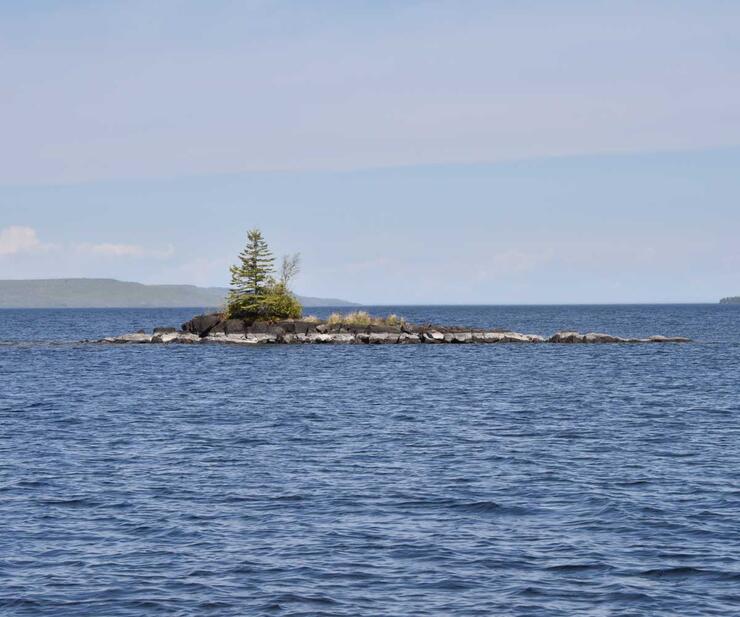
The structure is what fish use when they move from one area to another, sort of like highways are to people. It could refer to a dropoff that bass use to move from shallow to deep water areas, it could be a shoreline that steelhead follow while searching for their home rivers. The structure can be the area where feeding flats drop into the lake basin or it can be a slightly deeper spot on a featureless bottom.
There doesn’t necessarily need to be a drastic depth change for there to be structure. A change in bottom composition from mud to gravel or sand to rock is structure, even though the depth may remain constant.
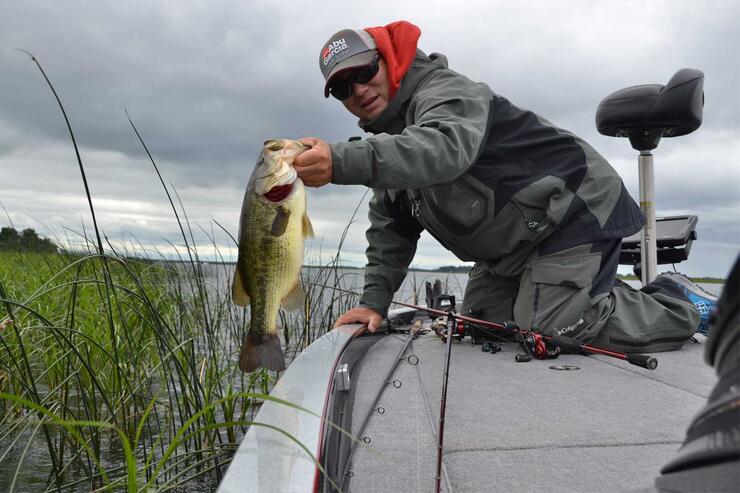
The cover is where fish live, and it offers them both security and food, like a hotel near the highway. But cover alone is not enough to congregate fish. Imagine a hotel that’s far away from the main highway. While it will attract some visitors, it won’t be nearly as busy as the hotel that’s located right at an exit ramp. How many times have you fished a beautiful-looking back-bay or weed line without much success? Chances are that you were not fishing near the structure that’s needed to turn a good spot into a great spot. Whenever structure and cover are found together, however, you’ve got the makings of a great fishing spot.
Deep weed lines are primary places to fish for a lot of different reasons, but not all deep weed lines produce catches worth bragging about. Why? In many cases, it’s because the weedline simply fades out once it grows beyond the light penetration. Imagine a muddy-bottomed bay that slowly slopes into the depths. Without a good structure area for the fish to follow, they simply spread out all along the weed line as they make their way to deeper water. Some will be feeding but most will be neutral or inactive. That’s why you pick up a fish here and a fish there, but you really don’t get onto a spot where you catch several fish in a row.
Now consider that same bay but add an area where the bottom drops sharply into the depths. Most of the fish will use that sharp drop as their highway when moving from deep water to shallow. Park on top of it and you can catch fish all day long, usually in flurries of activity as groups of fish move up and down.
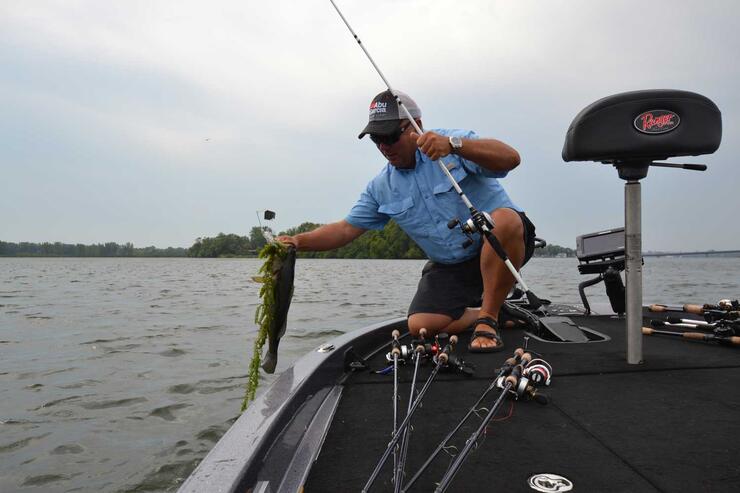
But structure by itself doesn’t necessarily make for great fishing. Using the above example again, imagine that the side of the bay with the sharp dropoff is relatively weed-free while the other side is choked with vegetation, all the way out to a depth where the weeds slowly dwindle out. Because there is no cover on one side of the bay, fish are unlikely to use it. The other side, although offering no structure, will attract most of the fish because the cover will hold baitfish, it offers a safe area for gamefish to hide and it offers shade and good supplies of oxygen.
So, one of the major keys to finding a good fishing hole is to locate a spot with good structure and good cover. But there’s another piece of the puzzle that still needs to be addressed, and that’s the general location of the structure in relation to feeding areas, spawning sites and deep water sanctuary.
The very best structures are those that connect two or more of a fish’s habitats. Using the highway example again, a road that goes from nowhere to nowhere won’t be travelled very often. Sure, if there’s a spectacular restaurant on the road, some traffic will eventually make its way there, but the bulk of the cars will stick with the major thoroughfares and stop at a restaurant that’s closer to the highway. The same basic principle applies to fish.
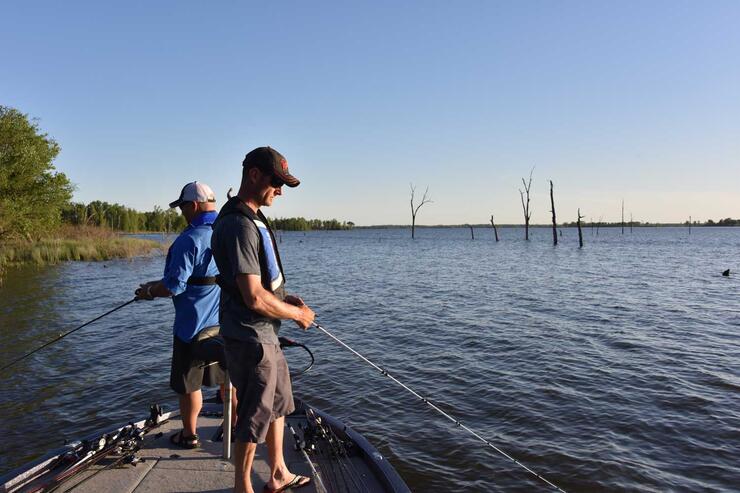
Structural elements that offer fish a route from a feeding area to a deep water resting area are the best ones for anglers to target because fish will use these at all times of the day. There are always some fish feeding while others are resting, so there is an ongoing movement of fish from deep to shallow and shallow to deep. The very best spot in this type of area is where there is good cover along the structure. A weed bed, a row of stumps, or scattered rocks that extend along the dropoff can all add to the appeal of a specific location on a structure. These types of areas are known as the “spot on the spot,” and they are the places that pro anglers count on to produce fish.
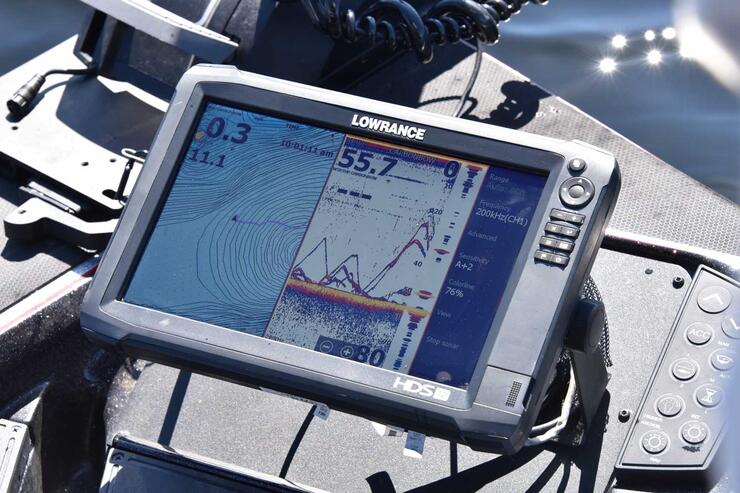
Finding great fishing spots along structure breaks involves spending some time on the water with a good lake chart or mapping chip and a sonar unit. Start by locating potential structural areas on your chart, especially the ones that show sharp drops, changes in bottom composition and access to big feeding and spawning flats. Once you get on the water, turn on your electronics and travel along the structure, looking for the most defined section of it. Now, try to locate the best cover that is closest to, or right on, the structure, and that is where to start fishing.

As mentioned earlier, not all structures or covers will hold fish all of the time. Some good-looking spots are seasonal and will only attract fish during the spawn, while others may only be hot during the fall migration to deeper water. Some spots are best when the wind is blowing into them; others may only be good under calm, bright skies. And of course, local weather and water conditions, including fishing pressure, can affect how fish will use a certain area.
It’s up to you to check a number of spots throughout the day and to explore the different types of structures and covers that are available. By doing a systematic search, you can establish a fishing pattern for any lake you’re on. Sometimes these patterns last all day, sometimes they don’t, but at least you’ll have a starting point. If you fish in the same lakes or rivers at various times of the year, be sure to check various structures and covers at different times of the season.
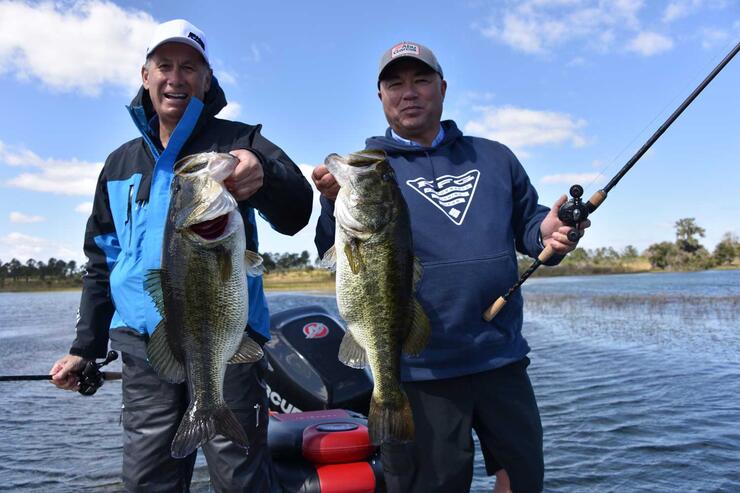
Cover and structure are where it’s at when it comes to catching fish. Learn how the fish in your lake use them at various times of the year, and under different weather conditions, and you’ll be well on your way to putting more fish in your boat.
Destinations to Fish in Northern Ontario
Recommended Articles
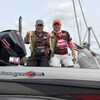
Going the Extra Mile
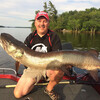
Run and Gun Your Way Through Canada
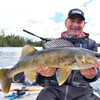
Hard Balling Walleyes
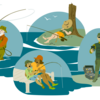
Test Your Fishing Smarts

Muskie Moons

Eagle Lake Island Lodge
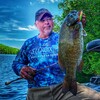
Discover the 3 Best Bass Fishing Lakes in Ontario
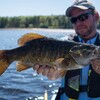
Fishing Negative Smallmouth
An Amazing New Technique for Northern Pike
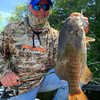
This Smallmouth Bass Paradise Is No Longer A Secret
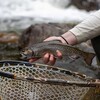
Fishing for Ontario Wild Brook Trout At Northern Skies Resort
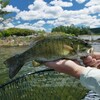
Smallmouth Bass With Still Water Fishing and Tours
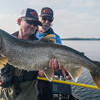
Lake Temagami Fishing

Cutler Lake Lodge: Your Cozy North Channel Area Fishing Getaway
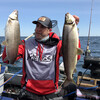
WOW Summer Whitefish
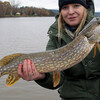
Ice-out glory
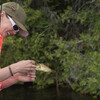
New Horizons
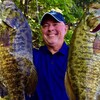
Legend of the White worm
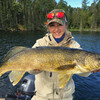
Six Species on Six Lakes at Slippery Winds
